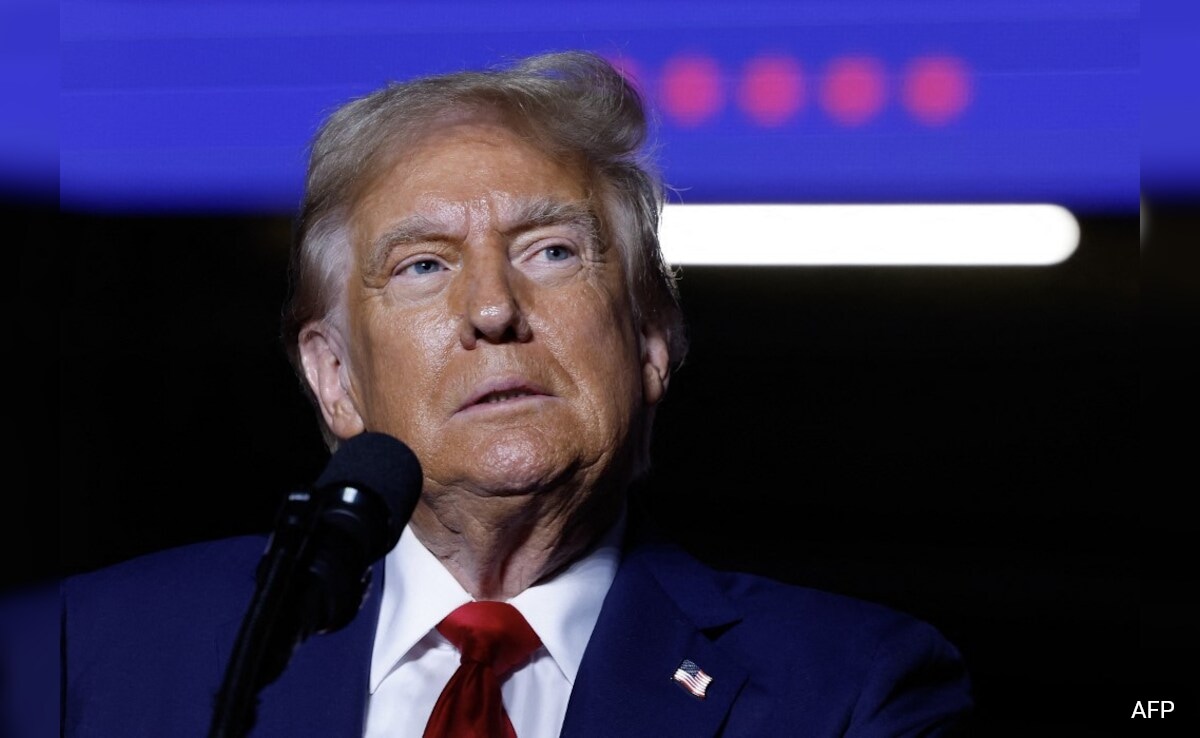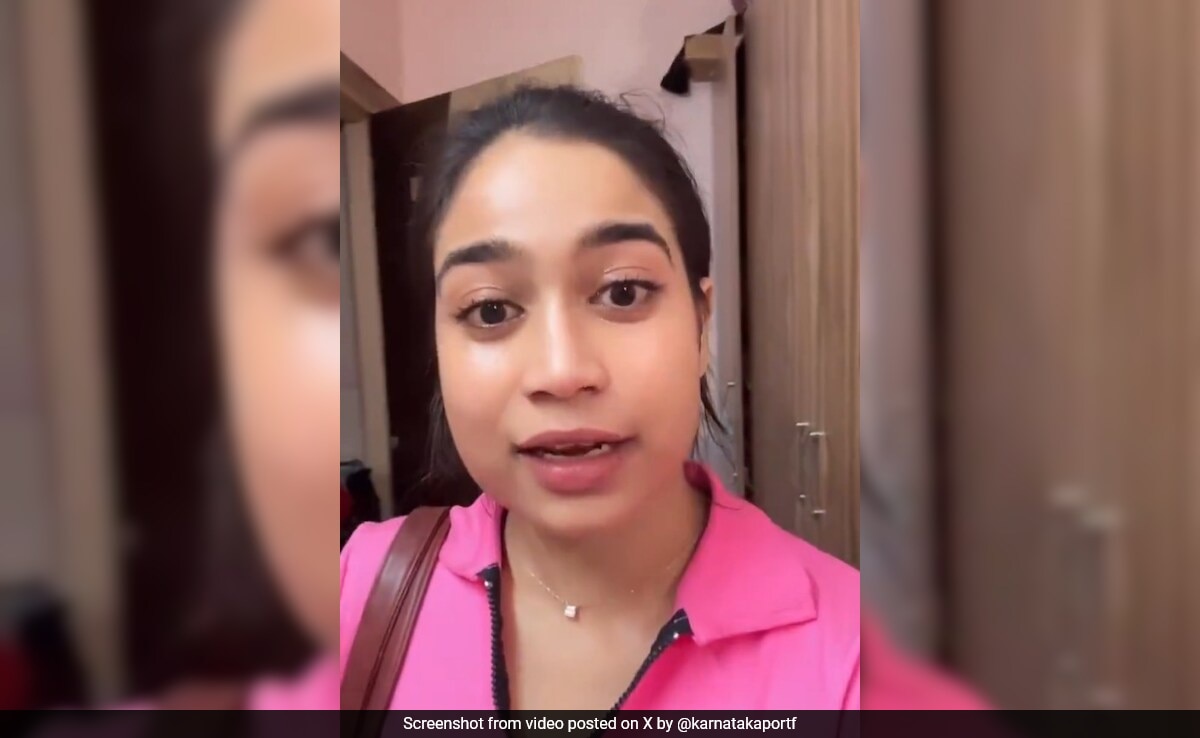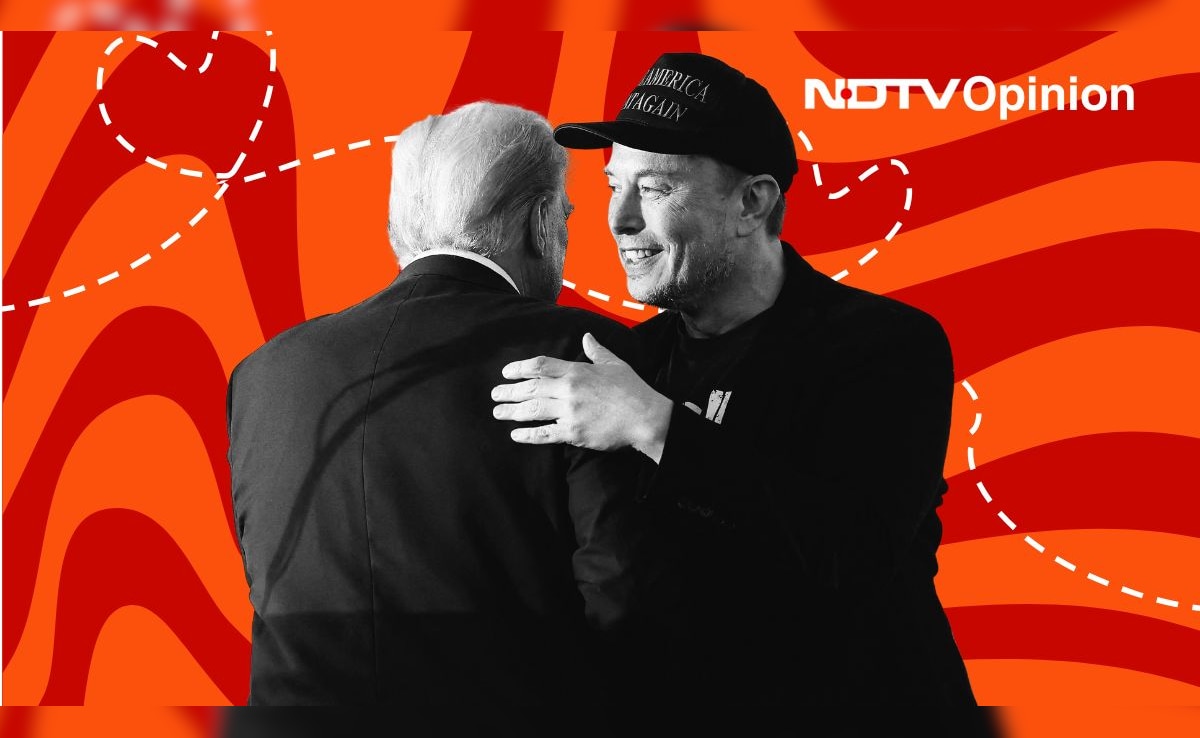As the third phase of the 18th Lok Sabha elections approaches, the financial disclosures of candidates have become a focal point. The third phase of the polls is scheduled to be held on May 7 in 95 constituencies across 12 states.
Wealth Distribution Among Candidates
Out of the 1,352 candidates contesting in this phase, 392 (29 per cent) have assets over Rs 1 crore. Among these, 163 candidates possess assets over Rs 5 crore, and 102 have assets in the range of Rs 2 crore to Rs 5 crore. On the other end of the spectrum, 426 candidates have declared assets worth less than Rs 10 lakh, highlighting a sharp contrast in the economic statuses of the candidates.
State-wise Crorepati Candidates
The number of crorepati candidates varies significantly from state to state. Gujarat and Maharashtra lead with 68 and 71 crorepati candidates, respectively, out of their total contestants. This is a reflection of the economic disparities present across different regions of India, with some states showcasing a higher concentration of wealthy candidates.
Party-wise Crorepati Candidates
The BJP and Congress have fielded a high percentage of affluent candidates, with 94 per cent of BJP’s and 88 per cent of Congress’ candidates holding assets over Rs 1 crore. The Samajwadi Party and the Trinamool Congress also have a majority of their candidates in the crorepati club. This indicates a trend where major political parties prefer candidates with significant financial backing.
Richest and Poorest Candidates
The disparity is most pronounced when considering the richest and poorest candidates. Pallavi Shrinivas Dempo from the BJP is the wealthiest with assets over Rs 1,361 crore. On the other end of the spectrum, independent candidate Irfan Abutalib Chand and an independent candidate from Kolhapur, have declared assets of only Rs 100.
The inaugural stage of the 18th Lok Sabha elections took place on April 19, with 102 seats going to polls, followed by the second phase on April 26 for another 88 seats. Voter turnout has been promising, with the first phase seeing a participation rate of 66.14%, and a marginally higher turnout of 66.71% during the second phase, reflecting a robust engagement from the voters in the early stages of the election process. The voting schedule is set to continue over five more phases, stretching from May 7 to June 1 with counting on votes on June 4.













